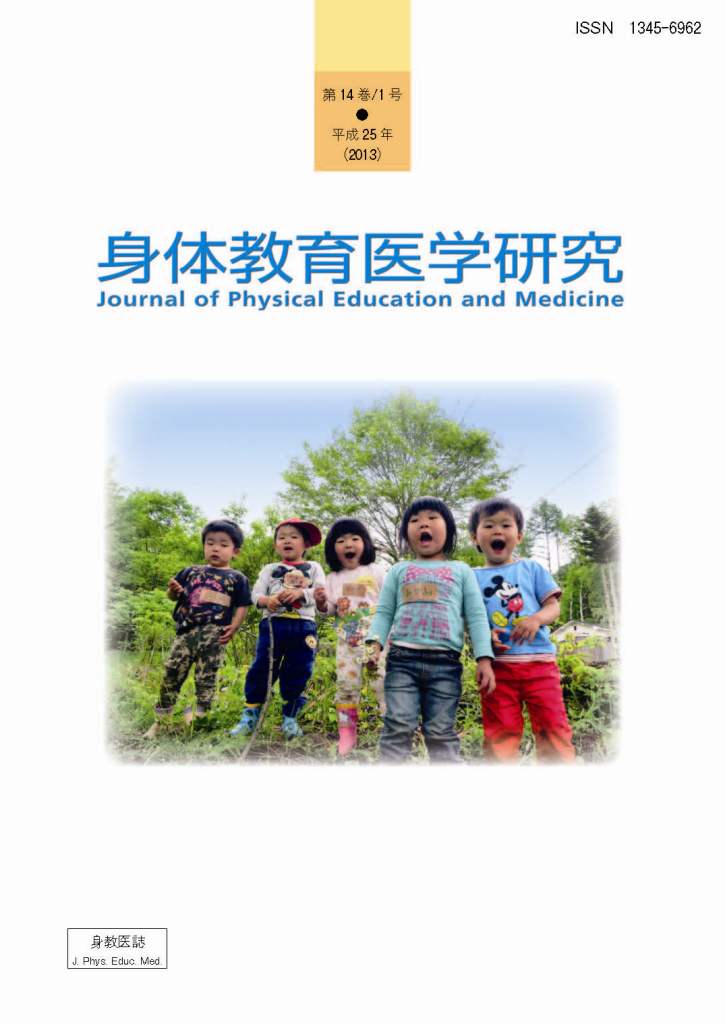The purpose of this pilot observational study is to clarify the relationship between the hot environment of a long pile artificial turf and dehydration of soccer players.
The study was carried out on the Setagaya campus field of Tokyo University of Agriculture with long pile artificial turf (hereinafter referred to as artificial turf) during the period from August 15, 2012 to October 26, 2012. Measurements were conducted every day when it was not raining and were cancelled when it rained. Measurements were taken a total of 30 times: 12 times in August, 10 times in September, and 8 times in October.
The following items were measured:
1. The surface temperature of the artificial turf;
2. The temperature, humidity and wet bulb globe temperature (WBGT) at a height of 50 cm and 160 cm above the artificial turf;
3. The difference in body weight (the amount of dehydration).
The surface temperature of the artificial turf during the day in the summer in Tokyo was usually greater than 60°C. In addition, those days when the WBGT was 31°C or higher, which meant there should be in principle cessation of exercise, accounted for about half of the total, which was greater than the observed record in Tokyo. There was a significant positive correlation between the surface temperature of the artificial turf, the WBGT, and the amount of dehydration.
The amount of perspiration and the amount of dehydration increased as the temperature increased when exercising on the artificial turf in the summer. Therefore, it is necessary to promote heat acclimatization while monitoring the WBGT. Also, the results suggested that there is a need for more frequent hydration and for measures to prevent low-temperature burn on the soles of the feet when the temperature is high.
View full abstract
